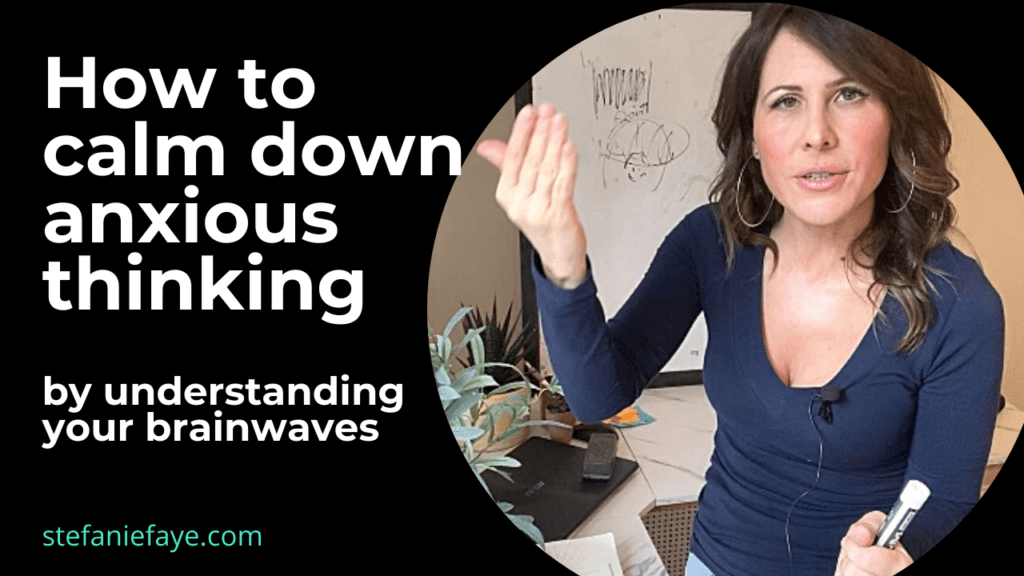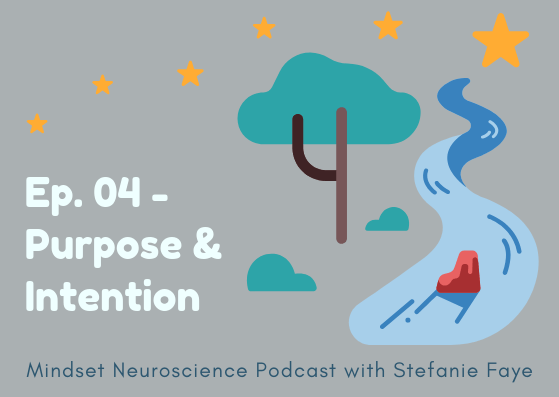
In brainwave patterns that correlate with the experience of anxiety and anxious thinking, we see a higher amount of a very fast brainwave frequency range called high beta (or hibeta, which is about 20-35 hz).
Clients and patients report this to me as feeling very unsettled, like they can’t stop thinking. I hear words like noise, chatter, nonstop thinking.
When our attention is consumed by our mental chatter, we are attempting to focus on something that is moving at extremely high speeds. In anxious thinking, there is a flitting from one thing to another at warp speed without slowing down or pausing.
Imagine you are holding a pair of binoculars. And there is a scene you want to look at. If you were to aim the binoculars at one corner, then another, then another point at the top, then to left and to the right at very fast speeds, you would never be able to really focus on anything.
To shift out of this, we need our focusing mechanism (our beam of awareness) to slow down. To do this, we need to focus on something that moves more slowly. And we need to take charge of those binoculars in our hands (our beam of awareness) so we can choose what we’ll let it land on for us to focus our lens.
What changes and moves at a slower pace than our thoughts?
Two examples are our breath and our body. Especially if we are keeping our body still or moving in a slow, predictable rhythm. Still objects, plants, trees, bodies of water can also help us focus our mind in ways that can slow down the activity.
Fast-paced brain activity is important. We need it for paying attention and making quick decisions in intense situations. But that fast paced activity can cause us challenges when we’re looking for a sense of clarity.
Something that has helped me is to carve out 15 minutes to sit still and close my eyes. As I allow myself to sit still, my body starts to relax. I occasionally bring in a few words i choose ahead of time (steady, still, aligned, clarity) into my awareness. I repeat those words each time I notice my mind has wandered and I bring it back to my breath or to the present moment. Towards the end of the 15 minutes, I feel a sense of embodied experience of those words. But this experience takes a lot of consistent daily practice.
Finding ways to slow down our thinking in the middle of an agitated state can help us build circuitry that we can then return to and build off of later. This strengthening and practicing of agitated-to-regulated states creates a sensory-motor and neurochemical track record for our mind-brain-body.
This track record of micro-shifts creates a sense of agency that we are able to shift states at will. And that sense of agency can create a confidence in ourselves that allows us to move into newer and even more unfamiliar or challenging territory because we now know we have control over our gears and levers for shifting into a state we want to be in despite agitation and distress.
(I’ll be covering the neuroscience of agency and mindset in one of my upcoming online group classes in August)




